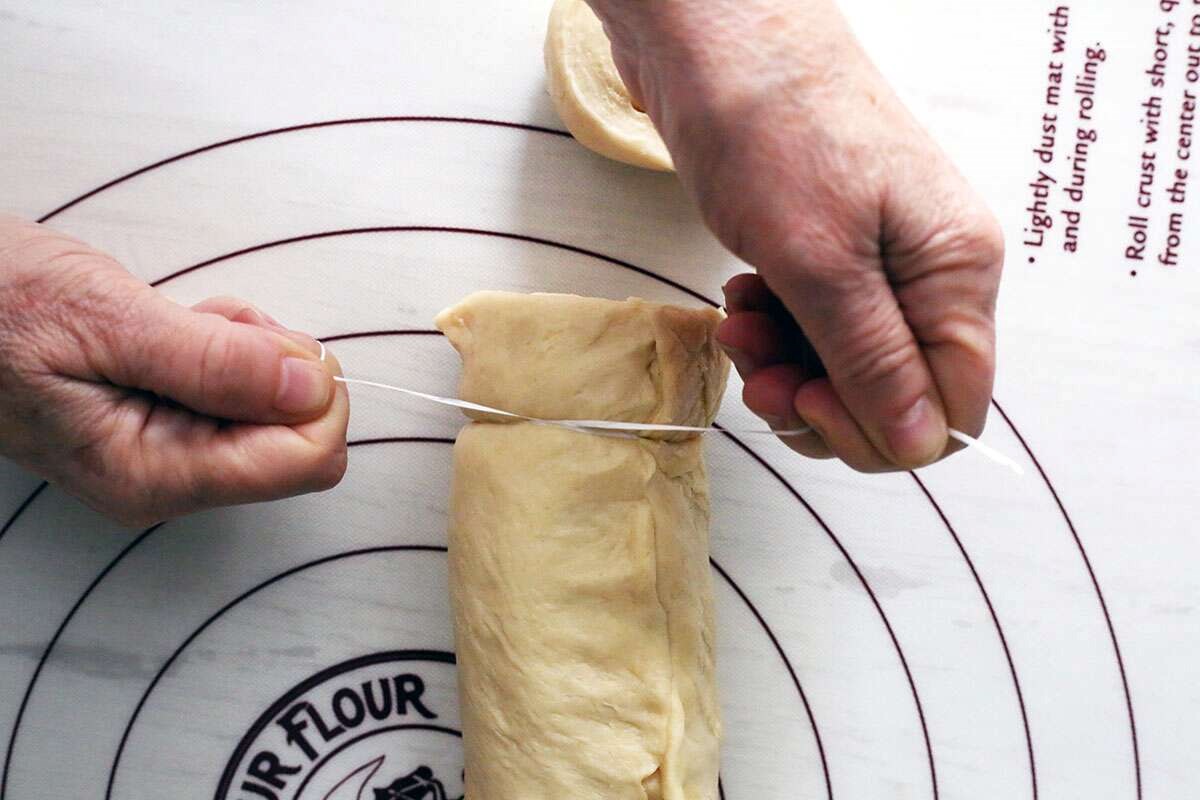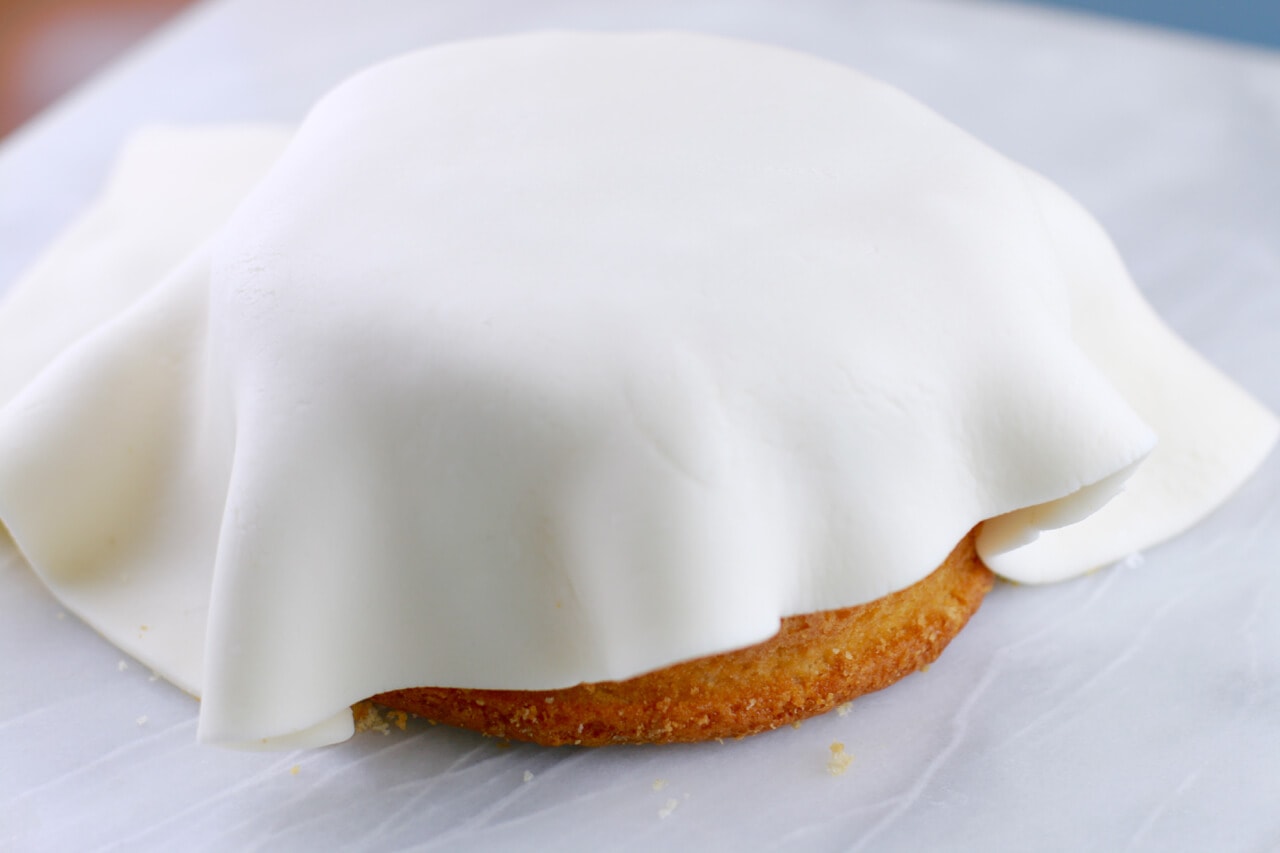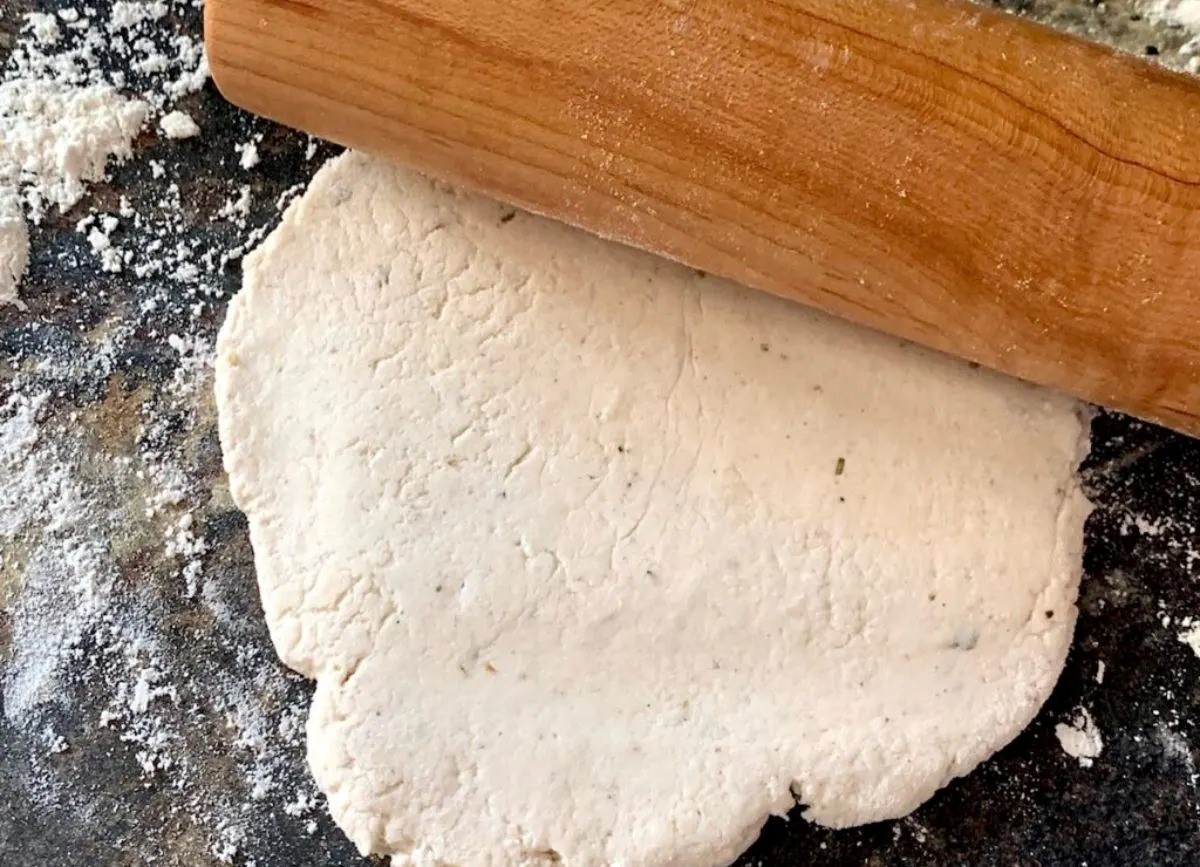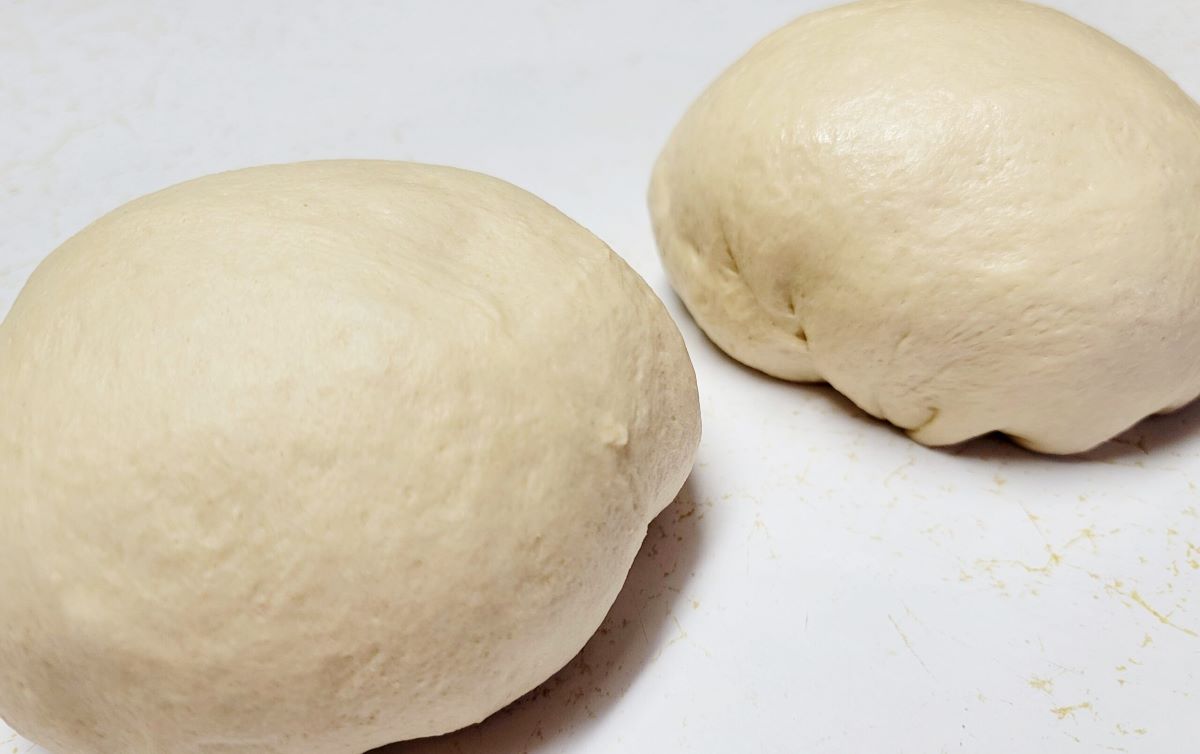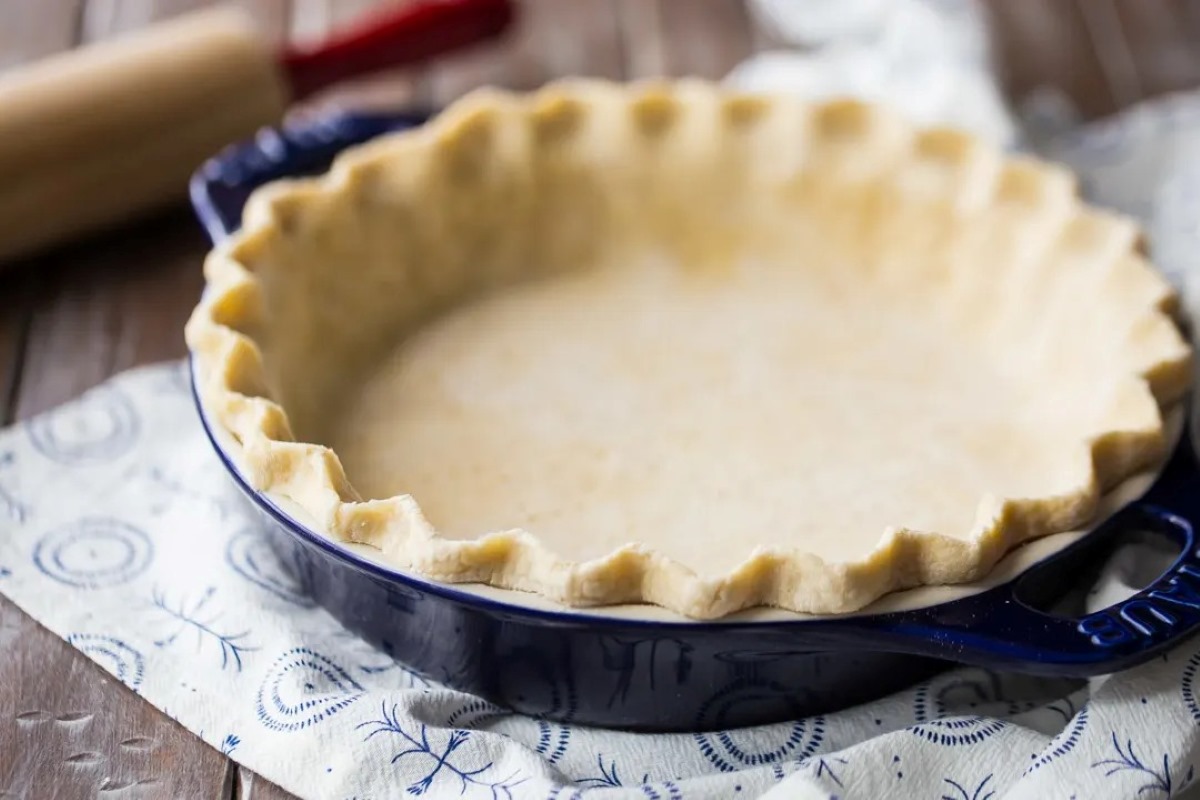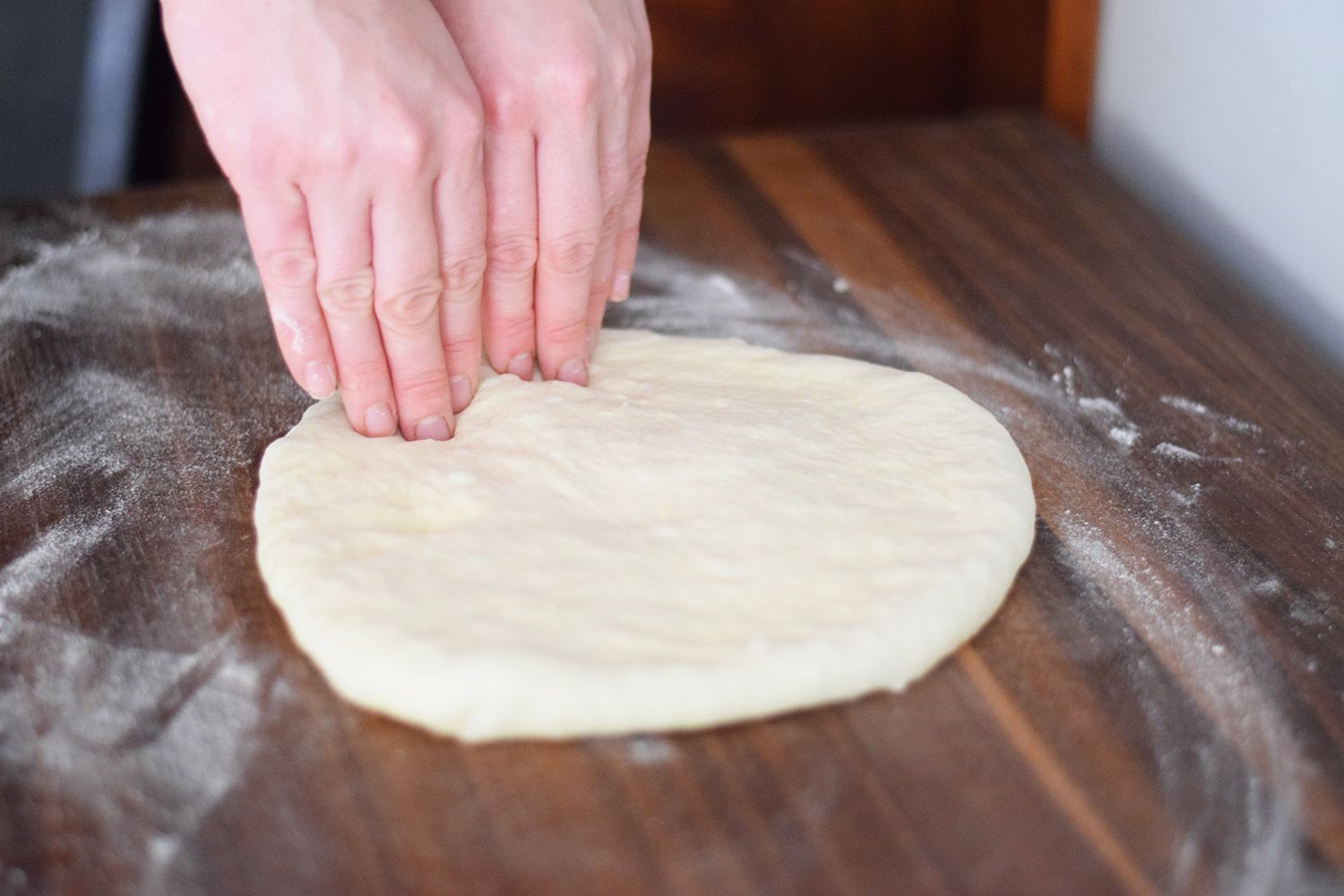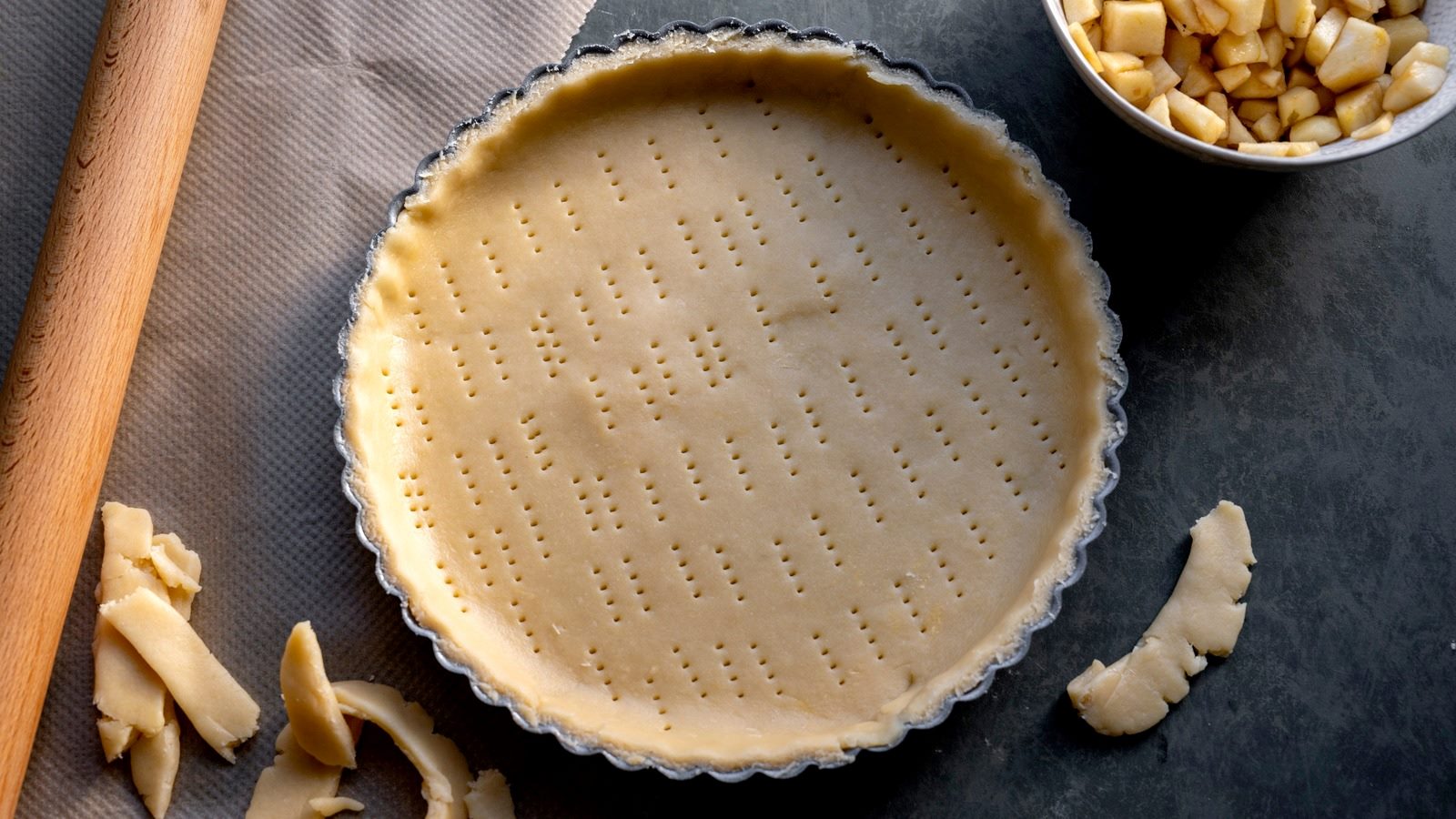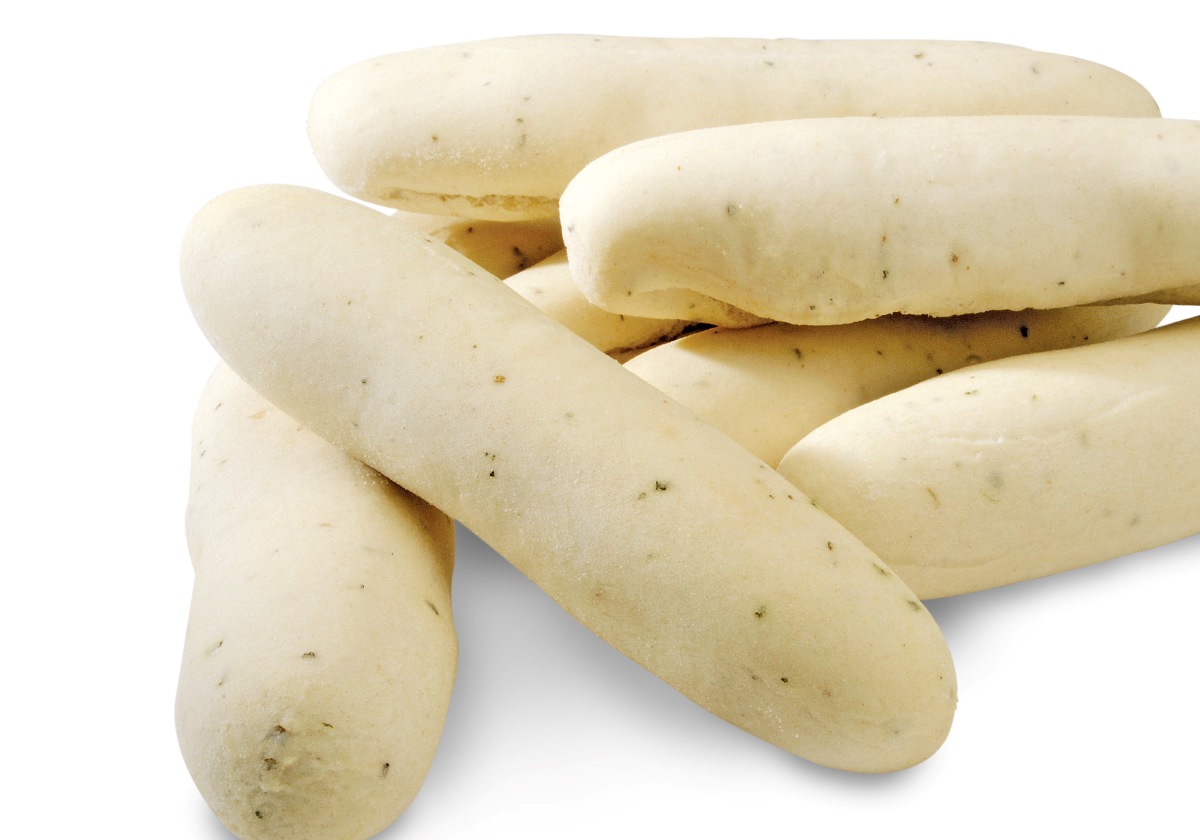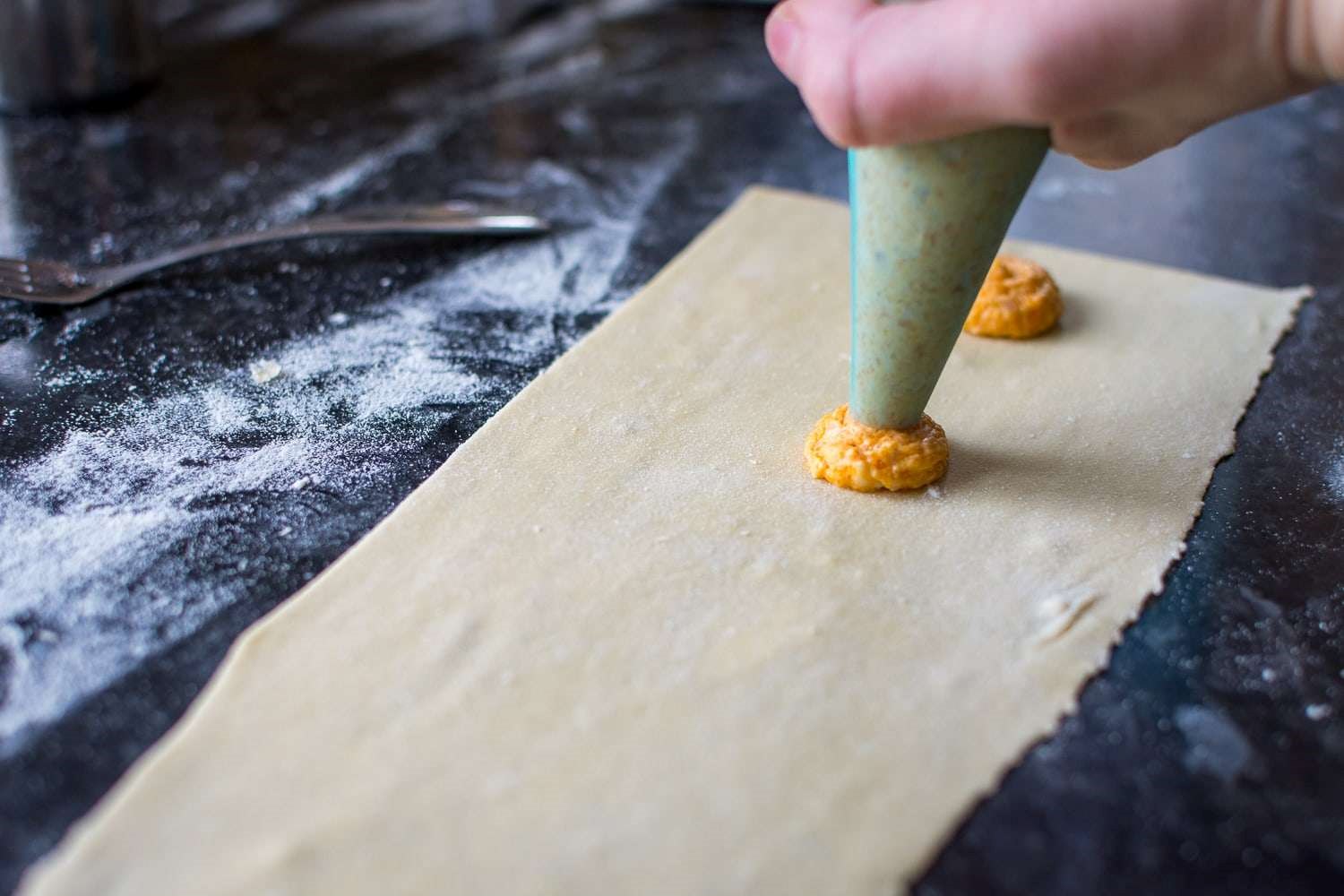Rolling Out a Rectangle Dough
Rolling out a rectangle dough is a fundamental skill in baking and cooking. Whether you are making pastries, pizza, or any other delicious treats, knowing how to roll out a rectangle dough properly is essential for achieving the perfect texture and shape. In this guide, we will walk you through the step-by-step process of rolling out a rectangle dough like a pro.
Preparation
Before you start rolling out the dough, it’s important to prepare the work surface and the dough itself. Here’s what you need to do:
- Flour the Work Surface: Sprinkle some flour on the work surface to prevent the dough from sticking.
- Prepare the Dough: Take the dough out of the refrigerator and let it sit at room temperature for a few minutes to make it more pliable.
Rolling Out the Dough
Now that you’re ready to roll out the dough, follow these steps:
- Shape the Dough: Start by shaping the dough into a rough rectangle with your hands.
- Flatten the Dough: Use a rolling pin to flatten the dough into a rough rectangle shape, applying even pressure as you roll.
- Rotate the Dough: Rotate the dough 90 degrees to ensure that it is being rolled out into an even rectangle.
- Continue Rolling: Roll the dough back and forth, rotating it as needed, until you achieve the desired thickness and size.
Tips for Success
Here are some additional tips to keep in mind as you roll out a rectangle dough:
- Use Gentle Pressure: Avoid pressing too hard on the dough with the rolling pin, as this can cause it to become tough and dense.
- Check for Even Thickness: Periodically lift the dough to ensure that it is being rolled out evenly, and make any necessary adjustments.
- Keep It Moving: Lift and move the dough occasionally to prevent it from sticking to the work surface, adding more flour as needed.
- Patience is Key: Take your time and be patient as you roll out the dough, as rushing can lead to uneven thickness and shape.
Conclusion
Rolling out a rectangle dough may seem simple, but it requires attention to detail and practice to master. By following the steps outlined in this guide and keeping these tips in mind, you can confidently roll out a perfect rectangle dough for all your culinary creations.
Remember, practice makes perfect, so don’t be discouraged if your first attempt isn’t flawless. With time and experience, you’ll become a pro at rolling out rectangle dough!
Was this page helpful?
Read Next: How To Roll Out Puff Pastry Sheets
